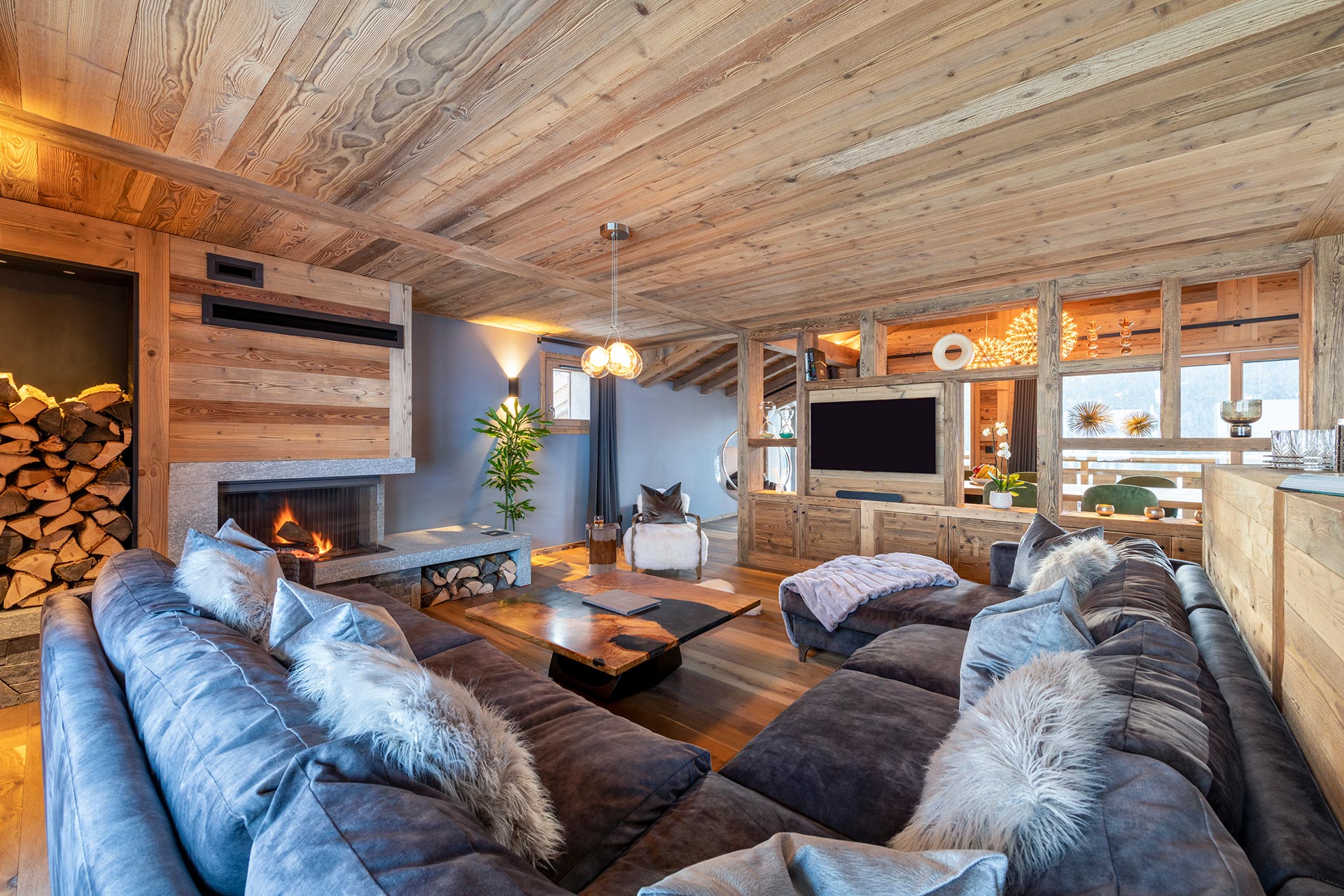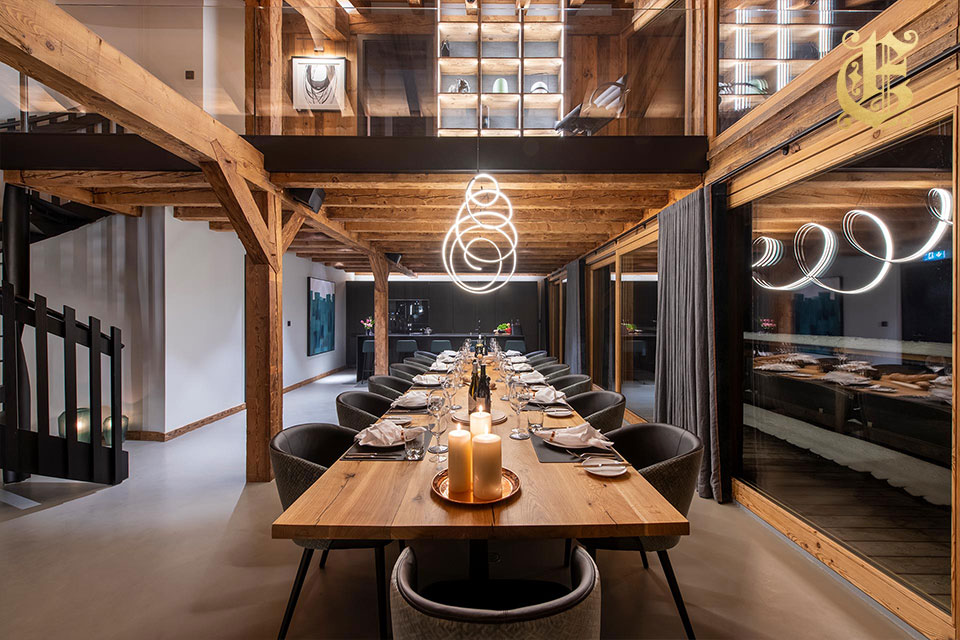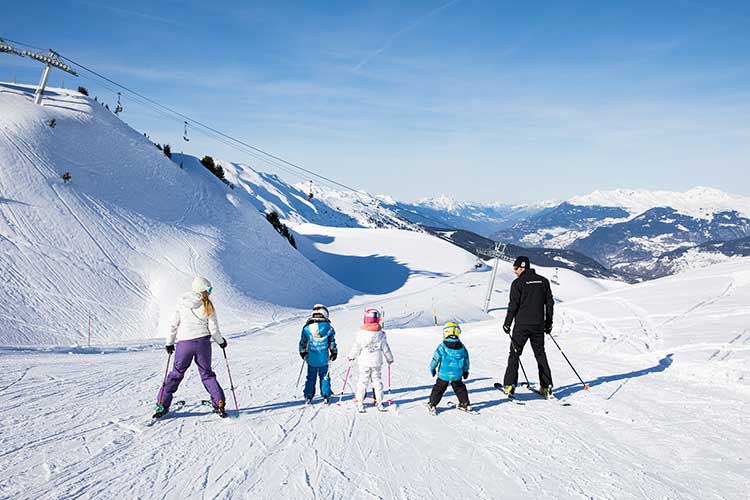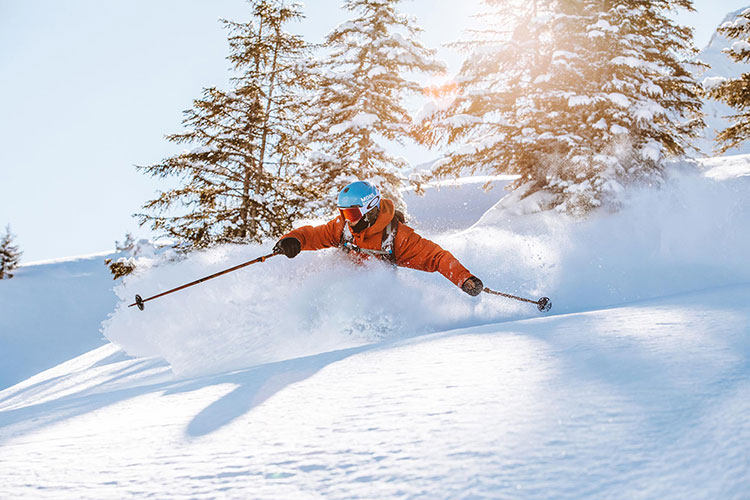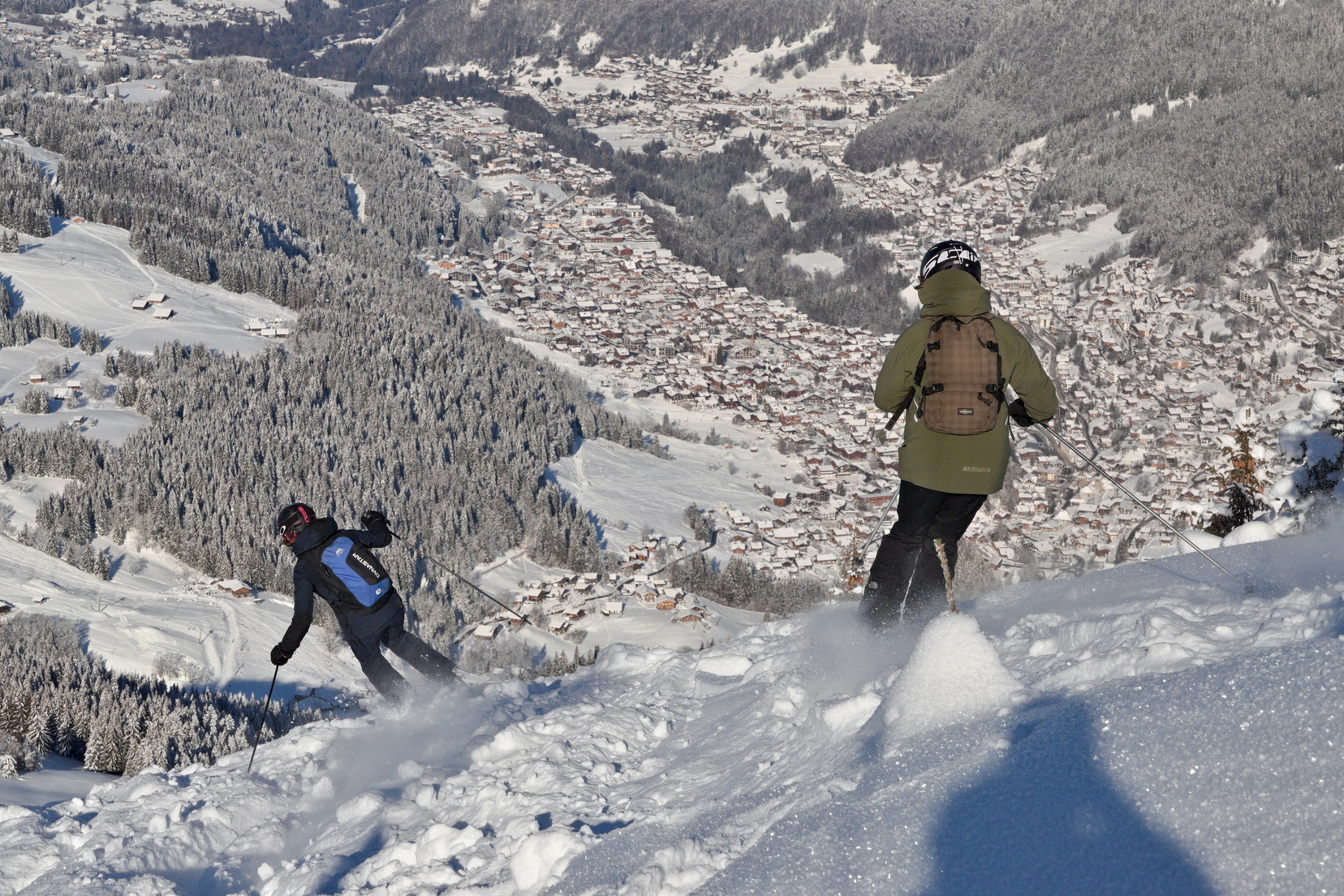Snow reliability has nothing to do with being high altitude and everything to do with geography. Nowhere is this more apparent than the Portes du Soleil. The Portes du Soleil in France has some of the most snow-sure AND low-altitude resorts in the French Alps if not Europe, with snow records more impressive and consistent than Zermatt.
IT’S THE UNIQUE MICROCLIMATE
It’s physics that ensures that some of the Portes du Soleil’s relatively low-altitude resorts can claim some of the best snow records in Europe – physics and a touch of geography. . The Portes du Soleil sits between Lake Geneva and the giant Mont Blanc. It’s these two natural wonders that create a very specific weather system – a snow-making one – that gives resorts within the Portes du Soleil, such as Avoriaz and Chatel* an average annual snowfall more impressive than Zermatt*.
THE SCIENCE
Snow is a result of evaporation followed by precipitation – water evaporating from the seas, rivers and lakes, then rising up into the earth’s atmosphere where it gets cold and turns back into water falling as rain or snow. This process takes place on Lake Geneva.
- Cold winds are constantly blown across the surface of Lake Geneva, picking up moisture and speed as they cross. When this wet air suddenly hits the mountains it is forced high up into the freezing cold atmosphere.
- The result is precipitation, or rather, snow, lots of it, falling first onto Chatel, and then the rest of the Portes du Soleil.
- This sees some of the Portes du Soleil ski resorts opening as early as November each year and staying open well past the end of April.
This Geneva-Mont Blanc lake-mountain weather system also creates very consistent snowfall due to consistent winds. Snow depth is maintained and often, increases throughout the season, with depths sometimes reaching peaks as late as March.
Zermatt’s highest point is 3,820 metres with an average annual snowfall of 300cm. The Portes du Soleil’s, Chatel, has a highest point of 2,200 metres with an average annual snowfall of 400cm. Geography, not altitude, is everything.
A SMALL SNOW DEPTH IS ALL THAT IS NEEDED
The pistes also need very little snow to become skiable, with up to 80% of some of the pistes actually pasture or vegetation, therefore needing as little as 20cm of snow to make the terrain beautifully skiable for us all. Rocky high altitude resorts don’t have this ability and require much deeper snow depth just to cover the dangerous terrain.
AVORIAZ – IS THE SNOWIEST RESORT IN FRANCE
At the heart of the Portes du Soleil sits our favorite, Avoriaz, with an average snowfall of 7.5m. Avoriaz is at resort level the snowiest ski resort in France which is quite an accolade to hold. Its record is partly explained by the resort’s height, but also its almost complete exposure to snow storms moving in, and the special Lake Geneva micro-climate.
NATURE vs NURTURE – THE PORTES DU SOLEIL SNOW HISTORY
The Portes du Soleil certainly has nature on its side, but it has also nurtured itself to offer some incredibly long ski seasons, sometimes from November until May, due to heavy investment in the ski infrastructure in all resorts from Morzine and Les Gets to Avoriaz and Chatel, including:
- Heavy investment in snowmaking facilities – such as Chatel’s seven million euros spent to easily ensure they can cover slopes in 20cm of snow in less than 48 hours making resorts such as Chatel, Morzine, and Les Gets snow sure.
- Snowmaking facilities that don’t use chemicals – just air and water – ensuring safe snow for skiers and the environment.
- Piste maintenance – there is an incredibly advanced team operating who can scan the depth of the snow on piste and relay this information to the piste-bashers who then use it to ensure even coverage across the piste.
So, it is important not to judge a book by its cover, a ski resort by its altitude, or read the British press snow reports without a healthy pinch of salt. The Portes du Soleil is riding high, much higher than some of its taller friends.
Yes, picking what seems like a ‘low altitude’ ski resort can seem counter-intuitive. You could always head somewhere purpose-built, like Tignes (although early season it has over 19,000 students descending upon it for pre-season cheap skiing). But this is science. This is geography. There is no guess-work here.
* Zermatt’s – Highest Point: 3 820 metres. Average Annual Snowfall: 300cm. Chatel – Highest Point: 2 200 metres. Average Annual Snowfall: 400cm
